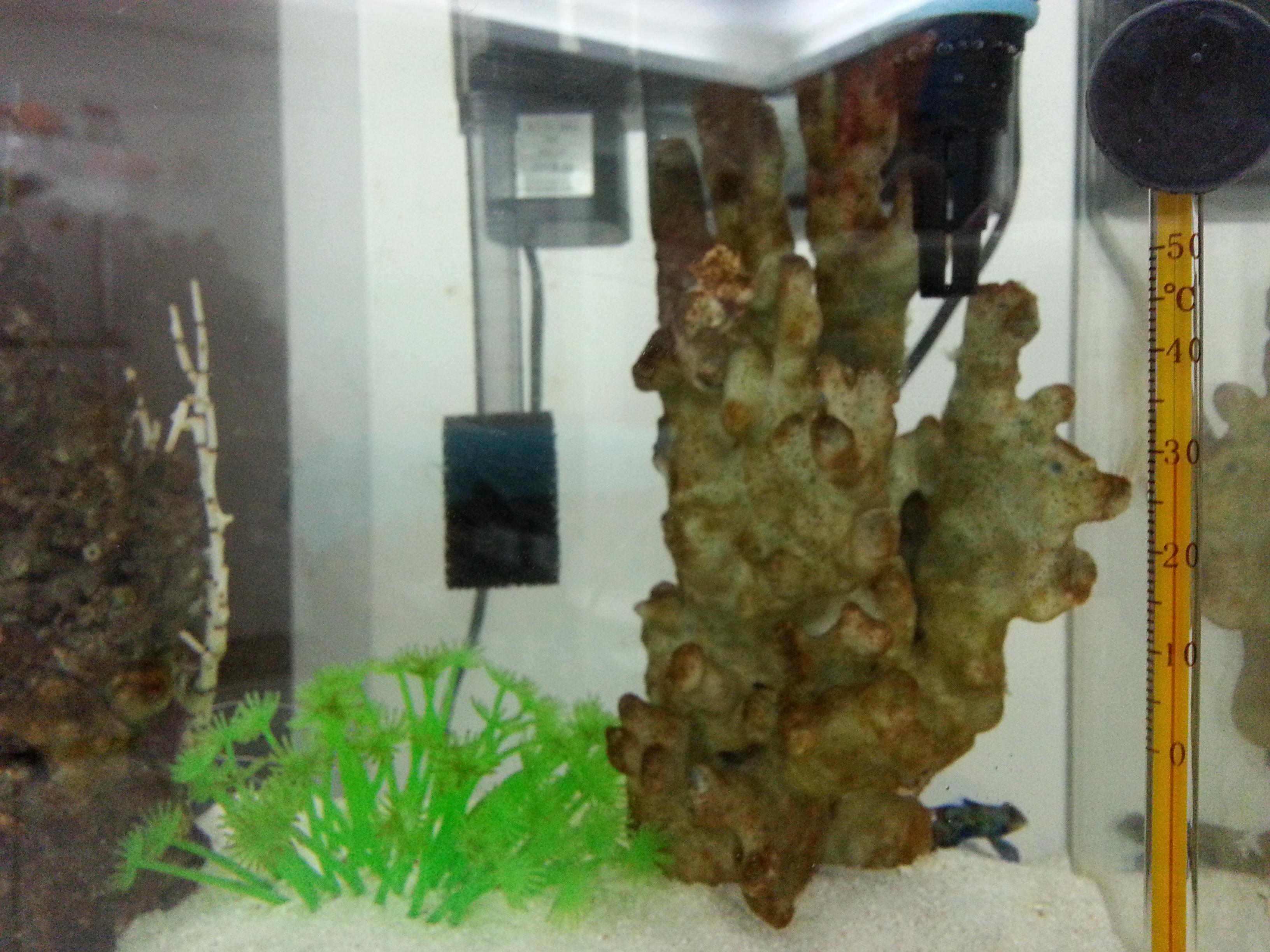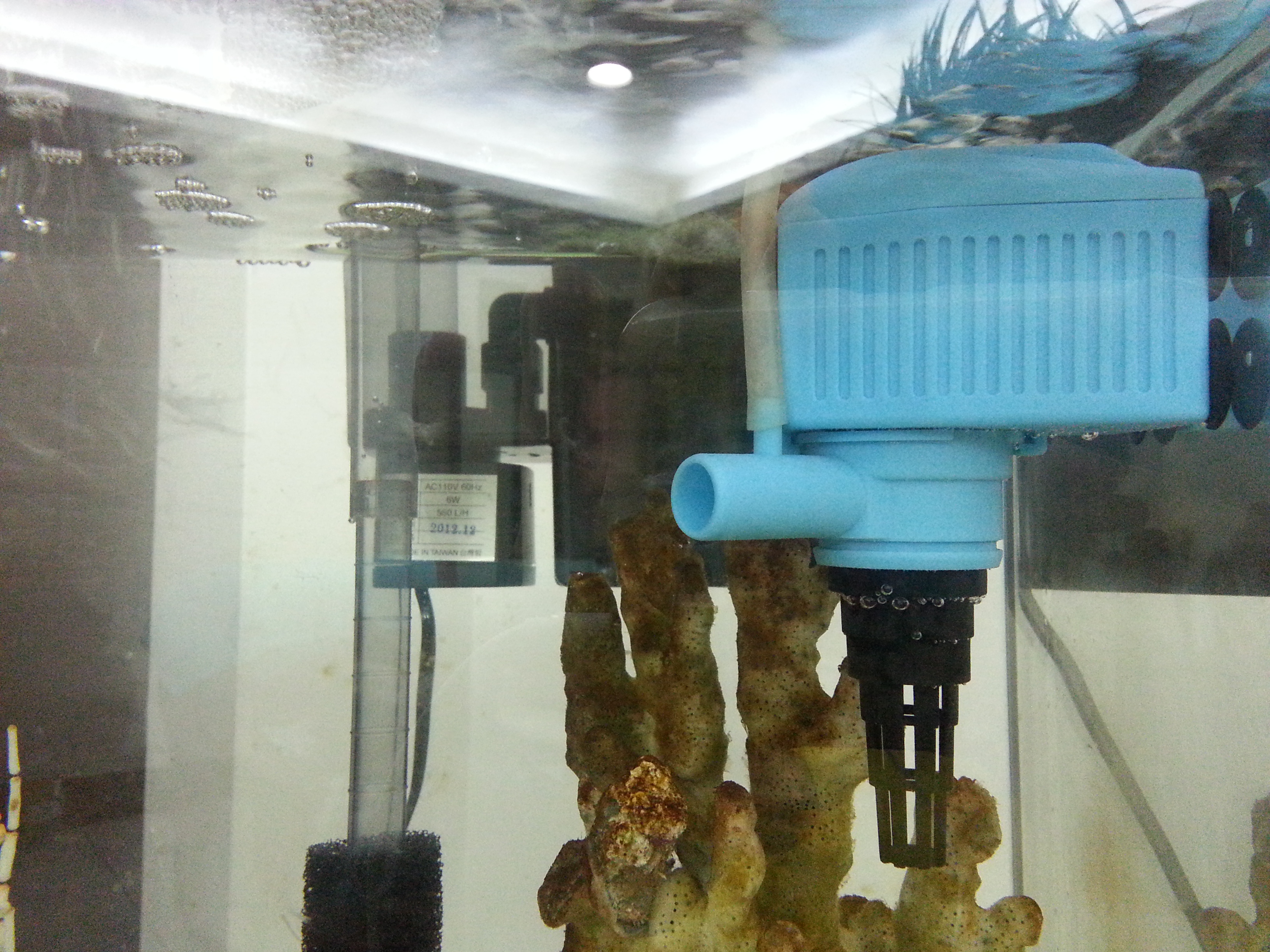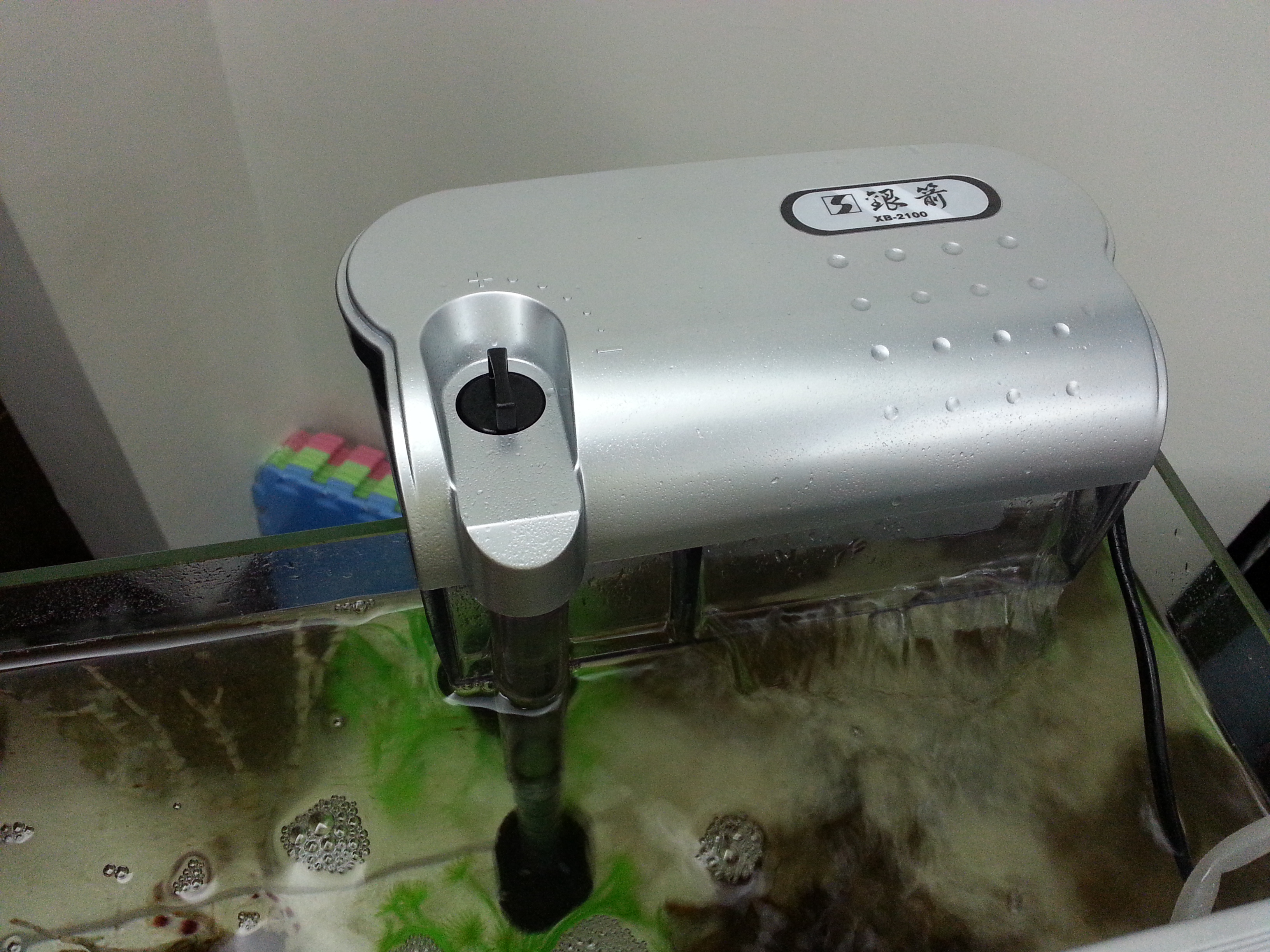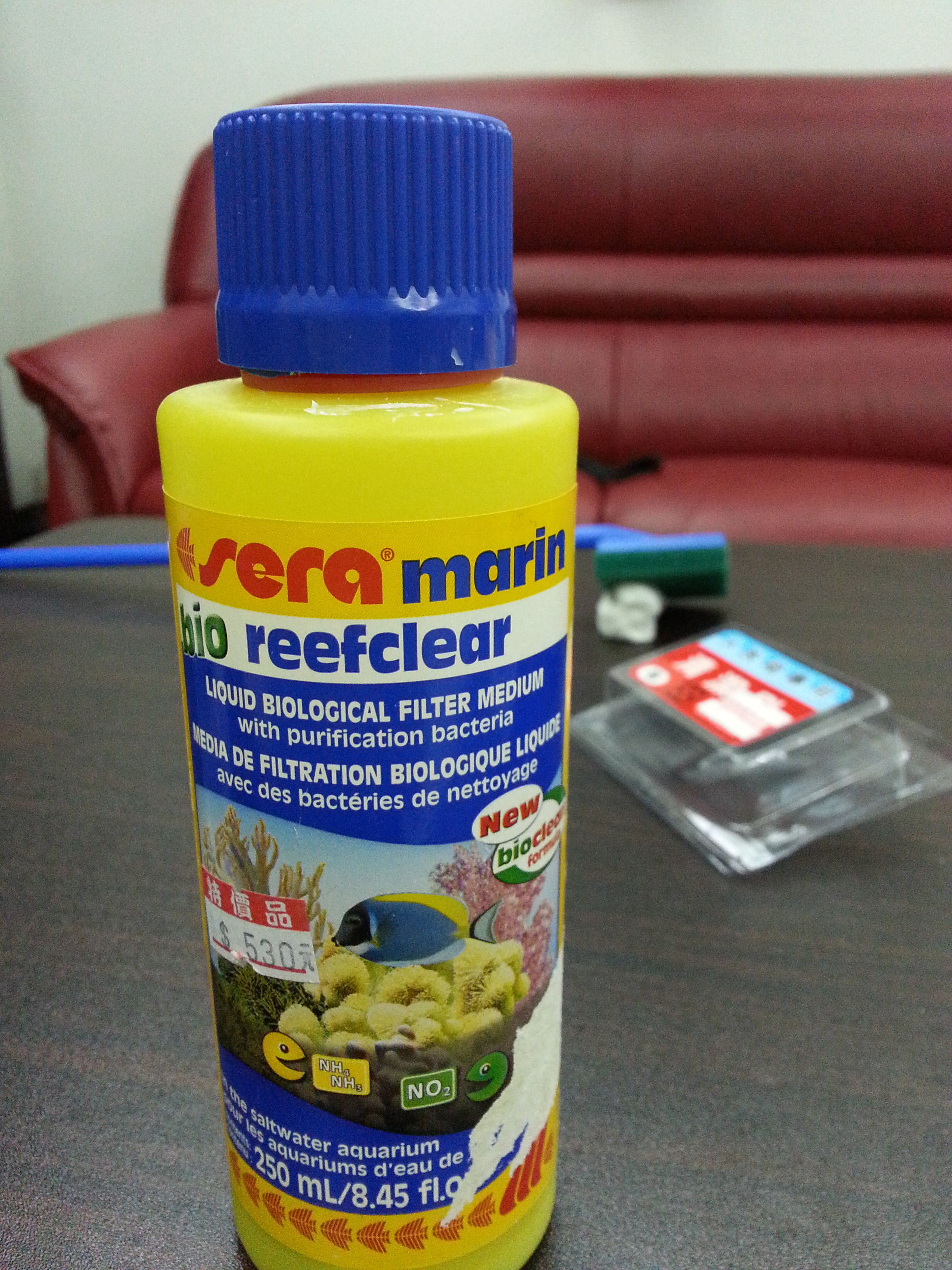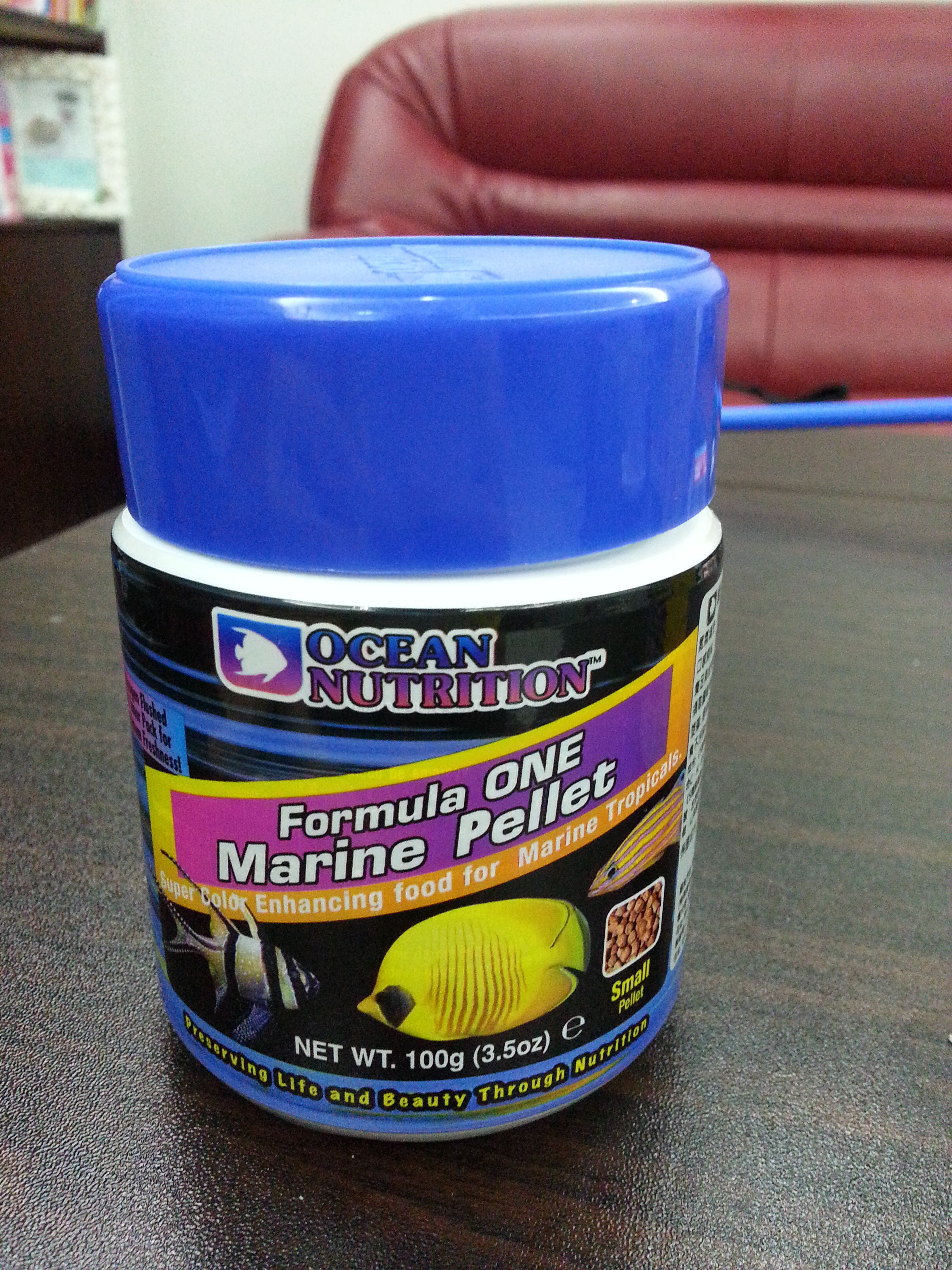fabyspanish
New Member
Hola, Yo (I) started my first saltwater aquarium, For fish only (eighteen gallons). I have live sand and live rock, filter, powerhead 500, small protein skimmer and a small bag of carbon. I got my salt to 1.022/1.023
** What is Cycling ?
1. water changes while the tank is cycling:
Is it important to do regular small water changes to keep my tank in best condition.
2. Cycling with damsels ? (I bought 3 damsels to start cycle process).
I have heard from multiple sources, and done some online research that damselfish are good starter fish to help cycle of the tank, and may even help speed up the process. Have any of you used this method? Does it work?
I aslo went to the last LFS, where the owner told me that I should throw a damsel in right away because it was faster and then it would be enjoyable to watch. he kept telling me that the damsel way was the way to go because (in his words) "Hey, I sell those damsels for $3 and if they die, then who cares".
speed is not important to me, I want to do this right.
3. How do I know when my slatwater aquarium is finished cycling ? Do I need cleaning crew ?
I started my first saltwater tank about three weeks ago and im waiting for it to finish cycling.
If i put fish in it to help the cycle process with that hurt the cylce process because i read somewhere that the fish create ammoina which helps the process.
** What is Cycling ?
1. water changes while the tank is cycling:
Is it important to do regular small water changes to keep my tank in best condition.
2. Cycling with damsels ? (I bought 3 damsels to start cycle process).
I have heard from multiple sources, and done some online research that damselfish are good starter fish to help cycle of the tank, and may even help speed up the process. Have any of you used this method? Does it work?
I aslo went to the last LFS, where the owner told me that I should throw a damsel in right away because it was faster and then it would be enjoyable to watch. he kept telling me that the damsel way was the way to go because (in his words) "Hey, I sell those damsels for $3 and if they die, then who cares".
speed is not important to me, I want to do this right.
3. How do I know when my slatwater aquarium is finished cycling ? Do I need cleaning crew ?
I started my first saltwater tank about three weeks ago and im waiting for it to finish cycling.
If i put fish in it to help the cycle process with that hurt the cylce process because i read somewhere that the fish create ammoina which helps the process.


